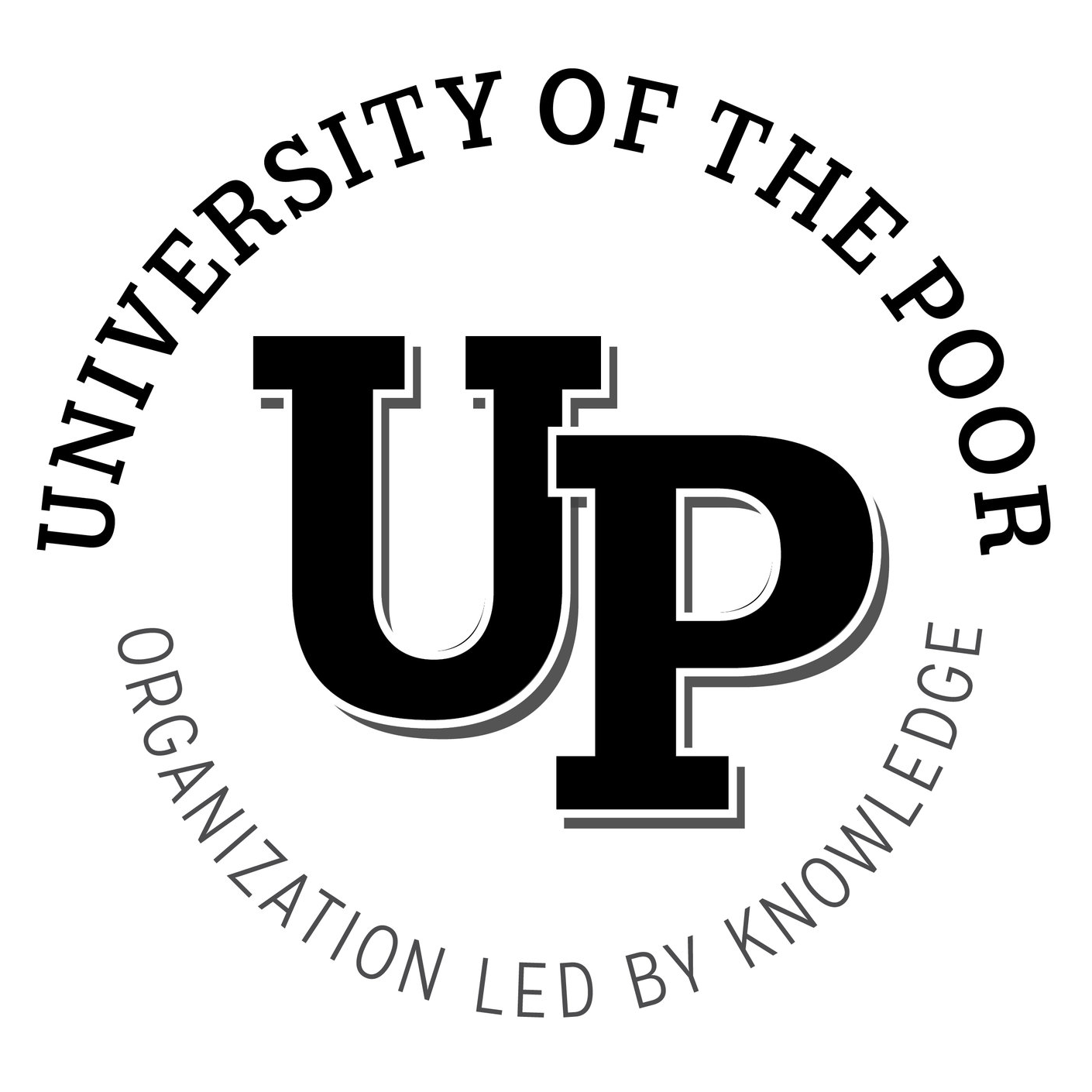This revolutionary moment
If history had a soundtrack, we’d be in a loud part. It might sound like a red alert on the Starship Enterprise. The cracks in the dam are starting to open. All systems are failing. 140 million people are poor. ICU’s are overwhelmed by the global COVID-19 pandemic and the

